Today, Sony is one of the largest companies in the world. Understand the strategy of the Japanese brand that has established itself through the quality and innovation of its products and today enjoys its reputation.
But it was not always so. The story of Sony is the story of post-World War II Japan. In other words, there is a lot of determination, hard work, and innovative ideas.
In this article, we will learn more about how this company from Minato, in Tokyo, became the powerhouse it is today. But for that, we need to go back to the end of World War II.
Table of Contents
The beginning of Sony
It was March 1945. The Second World War was in full swing and the bombings of Allied troops had torn Japan apart. The bombing of Tokyo was so devastating that it put the Japanese army, known for its ancient courage, which dates back to the famous samurai, in a state of panic.
This caused special reinforcements to be called in. This atypical situation brought together two exceptional figures. Akio Morita, a weapons expert, and Masaru Ibuka, a sergeant in the Japanese navy. They didn’t know it at the time, but the partnership between the two would become what we know today as Sony.
Did you know that Sony once had another name?
When World War II ended, it took with it the military careers of Morita and Ibuka. Japan plunged into a dark phase, with some of the worst unemployment rates in its history. Therefore, the duo needed to find ways to guarantee a living anyway.
Thus, in 1946, Ibuka began working in a small workshop at the Shirokiya store. His job was to repair radios. In October, he joined forces with his team to form Tokyo Tsushin Kenkyujo. The company also became known as Totsuken or just TTK.
Converters as Sony’s first strategy
As with any new business, Ibuka and his team began looking for a market niche. An opportunity that no one else had noticed. This opportunity arose when they realized that there was a strong demand in the market for adapters, or as they called them, converters.
Mobile information had virtually ceased to exist in Japan during the war. While some radios had been damaged by the chaos that ensued, others had been disconnected from the airwaves.
This was a strategy used by the Japanese Empire to prevent the population from having access to enemy propaganda. Thus, the Japanese were thirsty for information at the end of the war.
And Ibuka saw this as a golden opportunity. His team created a converter that gave normal radios,
access to the waves that were being transmitted.
This way, people could tune in to whatever station they wanted to listen to normally. As the converters gained popularity, the company found its way into a prestigious column in a local newspaper.
There, Akio Morita read about his former partner, Ibuka, and was impressed. This brought him into contact with his former army colleague and the two formed a partnership in May 1946.
But don’t be fooled: all they had was $500 in borrowed capital and a desire to conquer the world of electronics. However, as time proved, that was enough.
Sony’s first big failure
In case you’re thinking that from the moment Ibuka and Morita entered into their partnership, TTK grew to become Sony, you need to take it easy. Sony’s journey is, first and foremost, unexpected. The brand’s first official product was a rice cooker. Yes, you didn’t read it wrong, that’s right. And it was a huge failure.
The idea behind the product, which may seem absurd, came from the damage that the war left in Japan. As money remained tight, some people bought radios with converters using money. However, others offered rice.
So, the duo had an idea: they would help their customers cook rice with electricity. Adding aluminum electrodes to a wooden pan seemed to work until it started to spoil the rice. Either leave it raw or overcook it.
Sony’s first product was officially a failure. The slow cooker only generated $300 in profit and TTK only saw $7,000 in revenue in its first year.
TTK’s next product was a heating pad. Another colossal failure. The future giant had not yet managed to find something that spoke to the public and could be delivered.
This taught an important lesson: understanding consumer needs while utilizing unique and innovative designs. All this with extremely limited capital.
In its beginnings, TTK suffered from a low workforce and a windowless workshop. But its founding duo’s ability to improvise was essential in keeping the company open when many others would have given up or simply gone bankrupt.
In this way, this capacity did not just allow the company to survive. This built the foundation that would be the reason for growth in the future.
The idea that put Sony on the world map
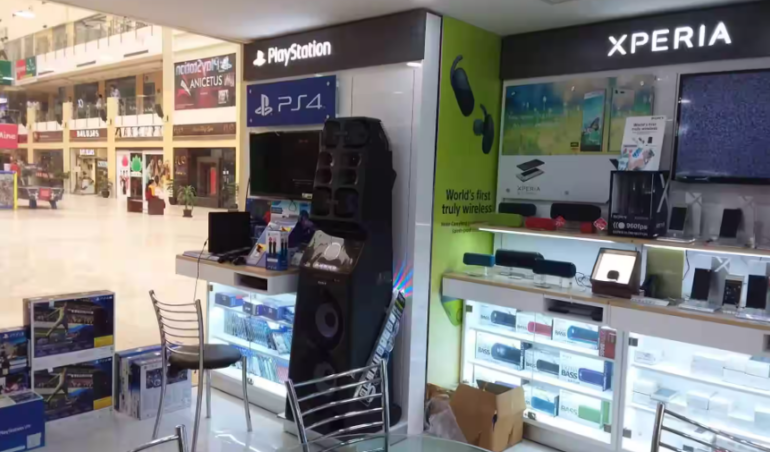
Thomas Edison, considered the greatest American inventor by many, was always very transparent about his failures. He said “I never made a mistake. I just found 10,000 ways that didn’t work.” With Ibuka and Morita, the story wasn’t much different.
The two had a series of failures, one after the other. In fact, Ibuka almost gave up on home products. Morita needed to convince his colleague to continue innovating, creating, and, consequently, conquering.
At the time, it seemed that the rice cookers and heating pads were not failures. These were just examples of products that didn’t work in the Japanese market. In other words, it was a matter of trial and error until we got it right. And he arrived in 1950.
The tape recorder that changed Sony’s history
After the failures with home products, the duo decided to change their niche. Seeing that this area was not giving the expected return, Ibuka and Morita decided to invest in electronic products.
In 1949, a new tape recorder invested by the Japan Broadcasting Corporation took over the market. Although tape recorders were not yet popular in Japan, Ibuka looked at them and immediately had an idea.
Using its ability to innovate, TTK created two recorder prototypes:
G-Type: used mainly for industrial purposes, it could record up to 60 minutes of audio.
A-Type: Created for home use, this model could record up to 30 minutes of audio.
When they were launched in 1950, demand for the G-type was great, as the device was seen as a good learning tool. That said, the Japanese market was not a huge recorder enthusiast at the time.
In response to this, Ibuka followed its playbook and innovated strategically. Due to his military background, he had access to an American army book. Called “The 999 Uses of a Tape Recorder.” Acting brilliantly, Ibuka created a marketing strategy based on translating the book and spreading it.
As the Japanese public began to understand the uses of an audio recorder, sales began to take off. Translating and disseminating a simple booklet proved to be a brilliant marketing strategy.
And this strategy takes TTK from a windowless workshop to a building in Shinagawa. The journey towards wholeness had begun.
Transistors as Sony’s growth strategy
After finding out about the existence of the recorder, Ibuka realized that he needed to keep an eye on innovations in the global electronics market. And he needed to discover new products that could become business opportunities.
This proved very useful again in 1952 when he discovered the existence of a technology called a transistor. At that time, electronics for the general public were made up of vacuum tubes.
Unfortunately, this technology, in addition to taking up a lot of space, also needed a lot of energy to work. While a tube used a whole watt, the transistor needed a millionth of a watt to operate.
In this way, Ibuka immediately realized the capacity that the technology possessed. And he also realized that the future of TTK could be there if it was used well.
The transistor technology had been created by Bell Laboratories but was being commercialized by Western Electric. The problem was the price: $25 dollars. Although it doesn’t seem like much today, this amount was converted into 9 million yen. Buying this technology caused TTK to almost go bankrupt.
This was the ultimate moment for the company. But capital was not everything. The technology had already been used for years in the United States and the pair of Japanese entrepreneurs knew that they would need to raise the bar to be innovative.
Existing transistors had a problem: they were not powerful. This made Morita challenge himself to create a solution. The solution found was to add phosphorus to the germanium from which the transistor was formed. This considerably increased the potency of the product.
Therefore, the first transistor radio created in Japan was launched on the market in 1955. Named TR-55, the radio was small, portable, and was an immediate success.
Rebranding as a Sony strategy

Radios were not innovative products at that time. An American company called Regency Electronics had already launched a transistor radio a few months earlier. However, Sony’s product was superior in quality and, above all, power.
For the company, this was the key that opened the doors to the West. Morita and Ibuka traveled to the United States to sell their radios and expand their consumer market. But the duo was met with a deterrent.
Americans consumed their products based on familiarity. Therefore, a company called Tokyo Tsushin Kenkyujo, or its shortened form, Totsuken, did not have the appeal expected by Yankee consumers.
On the contrary, it was difficult to pronounce and sounded very far from what was desired by the country’s buyers. This caused a sharp drop in sales, which was already feared by the creative duo.
Sony: a new name for TTK
Therefore, they understood that it was necessary to change the company’s name to something simpler: Sony. The name came from the Latin word “Sonus”, which translates to “Sound”.
Since the company was creating radios, it made sense to use a name that made this quite evident. Sony also approaches “Son”, which in addition to meaning son in English (which gave a fraternal tone to the company), means creative and innovative young man in Japanese.
Thus, 1955 was also marked as the year in which the company changed its name to Sony.
Sony’s Pocket Radio
Limited distribution in the US meant that the TR-55 was not having the expected success, even after the name change. That said, this inspired a move by the company toward smaller, more portable radios.
So, Sony launched the TR-63 and it was a great shot. These radios were sold as perfect for carrying in your pocket, very portable, and extremely useful.
As a result, people rushed to stores and the new radio became an innovative product. Selling just 100,000 units in 1955, the radio went on to sell approximately 5 million units by the end of 1968.
And do you know the most impressive part of all this? The TR-63 did not fit into most pockets at the time, even though this was the main marketing trigger around the product.
When Sony’s marketing team realized that radio didn’t fit into most pockets, they customized the sales team’s pockets so they could align campaigns. This generated a lot of results and increased sales.
How does Sony use media as a growth strategy?
Radios were just the beginning. Soon, Sony’s research and development teams were surprising the world with their unique products.
TV8-301: A small transistor television was produced in 1960 and was considered more useful and convenient than typical televisions of the time, which used vacuum tube technology;
Sony Trinitron: Triniton televisions were a leap in technology from the black and white televisions of the time. They were colorful, bright, and of very high quality. Since their launch, Sony televisions have been an absolute success.
As consumers heard about “Japan’s Number 1”, Sony’s clientele grew. What started in the country of the rising sun had arrived in the West and was there to stay. And not just stay, but to take over the market.
Sony’s entry into the digital music era
Once Sony had established itself in the radio and television market, the company decided to enter the world of music. For this new adventure, they decided to join CBS Inc. and founded CBS Sony Records.
The new company produced vinyl and released the first video cassette recorder in 1971. As a pioneer of such brilliant technology, Sony received an Emmy honor.
This movie was directed by Norio Ohga, the same man who worked for the Japanese Opera and was a harsh critic of the Sony audio recorder. The founding duo soon realized that they wanted a critically thinking man by their side.
Ohga was one of those responsible for the company’s future success, becoming president of Sony in the following years. In 1988, the Japanese company purchased all shares in CBS Sony Records, becoming the sole owner.
After many successful collaborations, with singers such as Michael Jackson, it is no surprise that today Sony is the biggest record company in the world. The record company’s revenue reaches $3.2 billion a month.
How did the Walkman become Sony’s best-selling product?
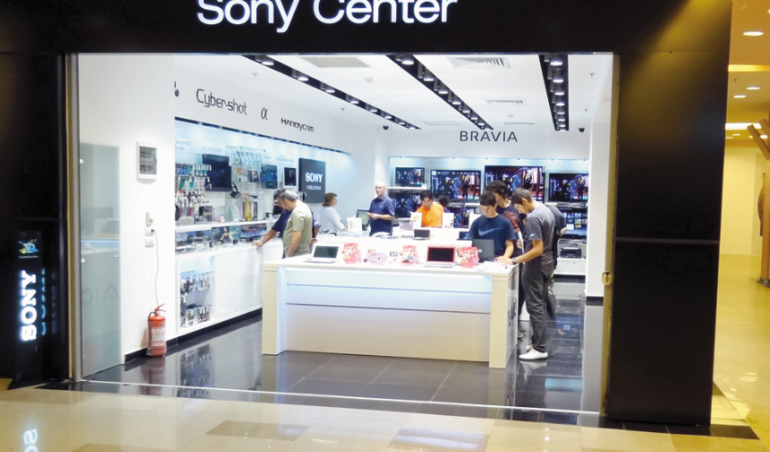
If you thought Sony’s decade of research and innovation was over, you were wrong. The company did not simply continue producing its traditional products.
Sony’s thinkers were always working, even when they had no intention of innovating. The best example of this is the Walkman. A portable tape player that became one of the most popular products of all time.
The idea came from Norio Ohga, who simply wanted to be able to listen to music while walking. The idea was like a spark and thus was born the tape player that fit in your pocket and was accompanied by high-quality headphones.
As the headphones were already being produced, the idea only took five months to get off the ground. On July 1, 1979, Sony launched the Walkman, which sold 385 million units. As an unprecedented product, the Walkman was a phenomenon. All of this cost $150 dollars, a very high price for the time.
Later, Sony teamed up with Philips to create the compact disc (CD) and invented the CD player in 1982. This marked the transition of music to digital.
How did Sony enter the film world?
If you are a film fan, it is impossible to have never come across one of the films produced by Sony. This is due to the market diversification that the company made in the late 1980s.
In 1989, Sony purchased Columbia Pictures Entertainment for $3.4 billion. It was a bold move considering that Columbia was carrying $1 billion in debt.
Despite this, the decision allowed Sony to have access to a vast library of films. Furthermore, the Japanese company also acquired a stronghold in the American entertainment market, since Columbia was a reference in the area.
Over time, the decision proved to be the right one. Sony produced films such as 007: Operation Skyfall, The Da Vinci Code, and the five Spider-Man films before giving the character back to Marvel.
If you want to know more about how Marvel became a powerhouse in cinema, read our text about Disney’s strategies.
Innovation is Sony’s strategy to stay on top
These bold moves only proved something Sony has known for a long time: innovation is the key to lasting success. The company faced fierce competition against its competitors and even against the policies of some countries.
This meant they needed to innovate to stay ahead. From VHS to Walkman, the company realized that a successful product has a limited shelf life for the public. It is necessary to always be producing new products since consumer demand for novelty will never cease.
Therefore, innovating is the only way to stay on top for so long. And no company understands this as well as Sony.
Diversification as Sony’s main strategy
By the end of the 80s, things were looking great for Sony. The company had expanded into new markets and had a lot of strength in the music market. Furthermore, its research and production department was the best and most innovative in the world.
Sony reported a record profit of $384 million in 1990. This was a 35% increase over the previous year. However, as in every business, there are cycles followed by bad phases. The recession of the early 1990s was a challenging time for Sony.
Despite this, how the Japanese company handled it is worthy of inspiration. Let’s understand a little better.
How has Sony revolutionized the gaming world?
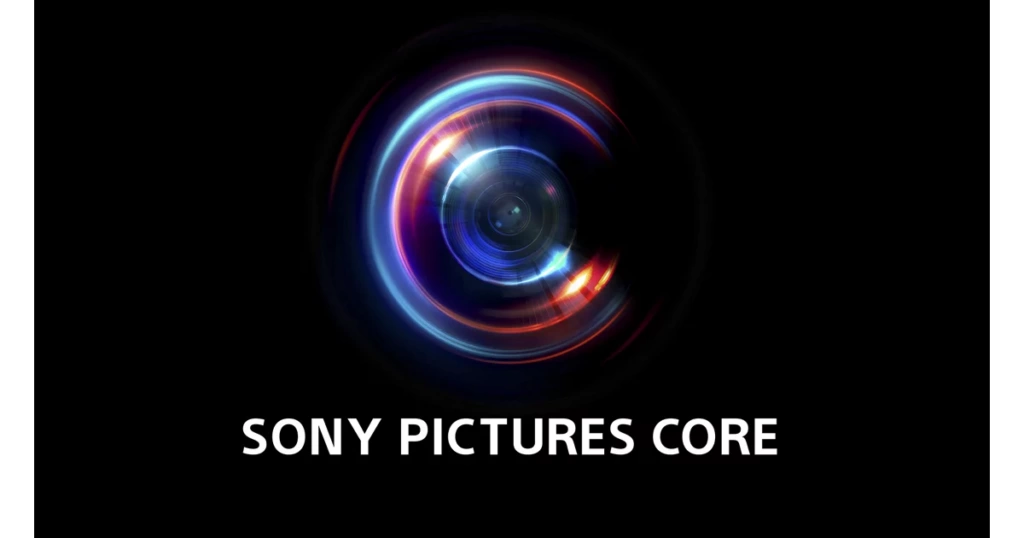
Sony decided to enter the world of games in the late 80s. To do so, they called on the giant Nintendo for a partnership. However, the Japanese compatriot backed down in 1992 and the partnership ended up not producing results. Therefore, Sony found itself alone in a new market.
Did this cause Sony to back down? Never. The company continued working on the production of its new console and two years later, the Sony PlayStation.
Digital technology
In the 1970s and 1980s, Sony’s image was developed by the agencies DDB and McCann-Erickson respectively. The advertisements were approached with humor. In 1976, in a television advertisement made to introduce the Betamax (the first VCR video device for home use), actor Bela Lugosi as Count Dracula said: “If you work at night like me, you miss a lot.” of fantastic television shows. But I don’t lose them any more thanks to the new Sony Betamax, which is compatible with any television.”
In 1993, Sony launched the first Handycam (“portable digital camcorder”) camcorder, with an LCD monitor. For the launch of this new product, the company chose to communicate its brand support as quality and track record with the slogan “It’s a Sony”, which was considered a gesture of arrogance by competition observers.
In December 1998, the BMP DDB Needham agency in the United Kingdom created a new concept for Wega Television campaigns, with digital technology and a flat-screen. The agency chose to use Wega as a generic for the category of televisions with these characteristics since the latest advertising campaigns focused on the Sony brand and not so much on the new digital products.
In the portable camera category, Sony continues to set trends. In 1999 it launched the Handycam model V65 with a “Night Shot” system, which allows filming in the dark. In Argentina, the graphic campaign, based on humor, showed a dog and a cat hugging on a living room sofa, caught red-handed, illuminated by the light of a flashlight.
In January 2000, the company’s directors estimated a figure of $20 million in advertising investment for the year; The objective was to promote efforts in the synergistic sale of TV and audio products for the home.
Starting in 1998, the firm Sony Corporation of America and Sony Electronics created a new company: the “Broadband Services Company”, which is responsible for exploiting Sony’s content and technology to create new businesses.
Sony’s great achievement, with its 53 years of life, is to have built a brand recognized in every home and whose products have reached the category of generics such as Trinitron, walkman, Betamax, or Mavica cameras. Sony products, which were initially designed for professional use, were later oriented towards the manufacture of products for personal consumption. Today, the Japanese giant is trying to extend the brand to the large personal computer market.
Sony PlayStation
The history of video games is not new. The origin of the Play Station by Sony dates back to when the Japanese brand and Philips, together, invented the CD-ROM (Read Only Memory), in 1985. The Future Play Station CD was a console that had two reading units. : one for the Super Nes cartridges and another for the CD (Mega Drive and Mega CD type).
Sony’s strategy for the launch of the Play Station was most innovative: the first demo, presented in 1994, was the head of a T-Rex in motion, and finally a complete body. Already in June 1996, there were 34 games available in Europe. By Christmas of the following year, Play Station had sold 8.5 million consoles and 70 million games in Japan, 6.4 million consoles and 55 million games in the United States, and 5.1 million consoles and 30 million of games. Games in Europe. In total: 22.3 million Play Stations in the world and 135 million games in 3 years.
Currently, the Play Station is facing strong competition in the market. Its two main competitors are Sega and Nintendo. That is why Sony must continually innovate: in May 1999 it launched a new console model, “without a parallel port”, and partnered with Toshiba for the Play Station 2.

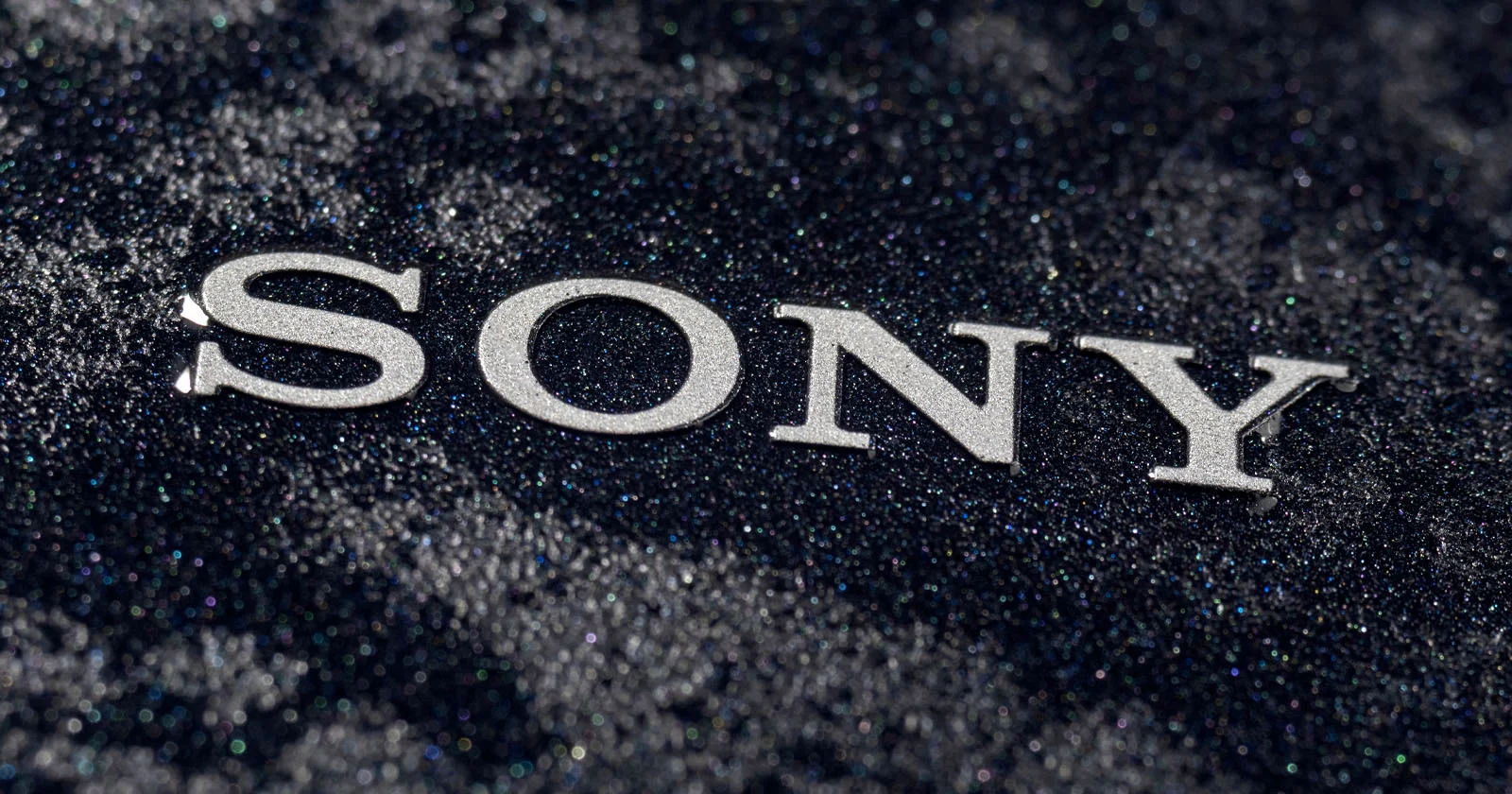


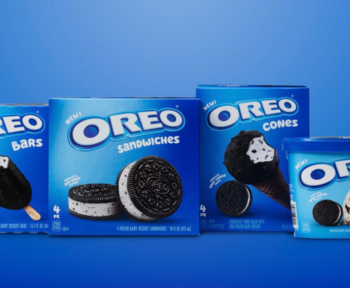

2 Comments
fake email generatir
Very well presented. Every quote was awesome and thanks for sharing the content. Keep sharing and keep motivating others.
inamdurrani60
Thank You Everyone For Your appreciation stay blessed 🙂